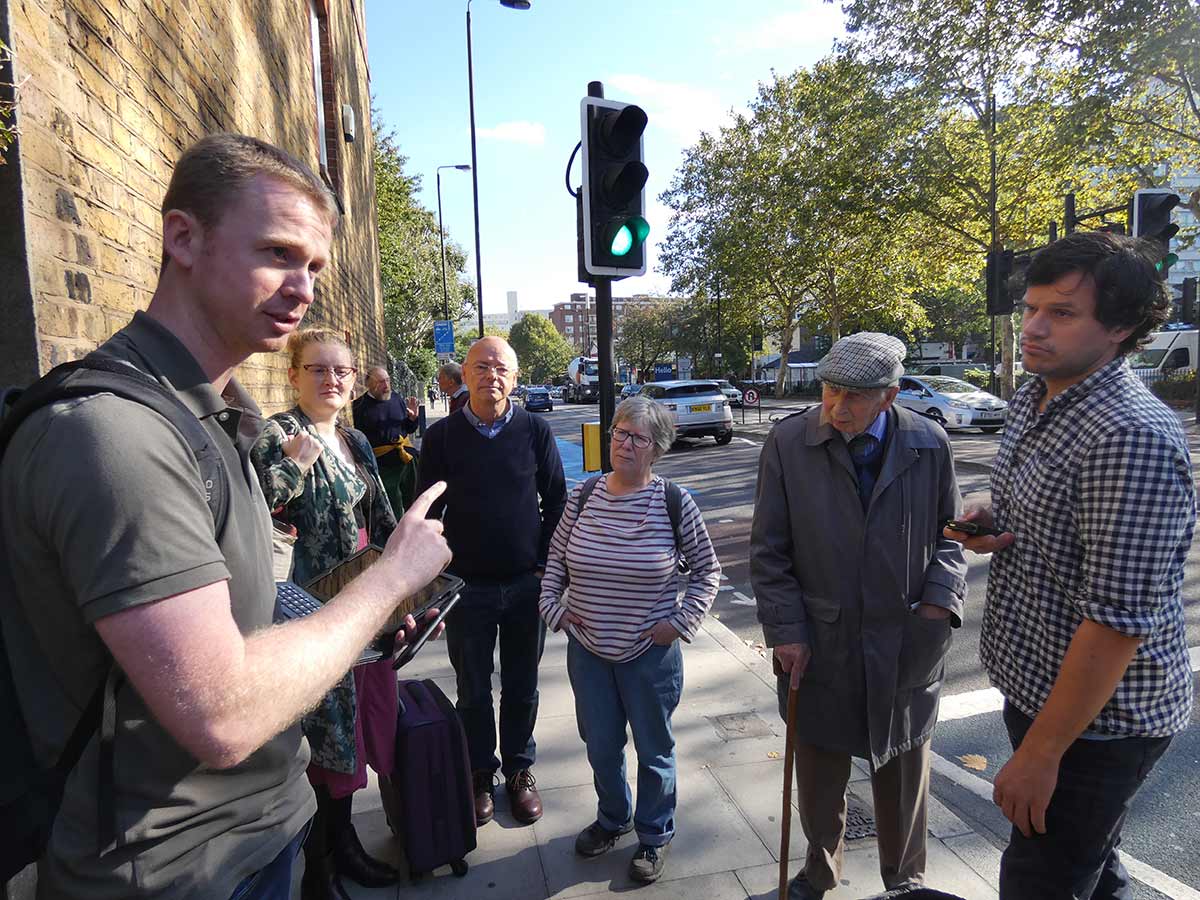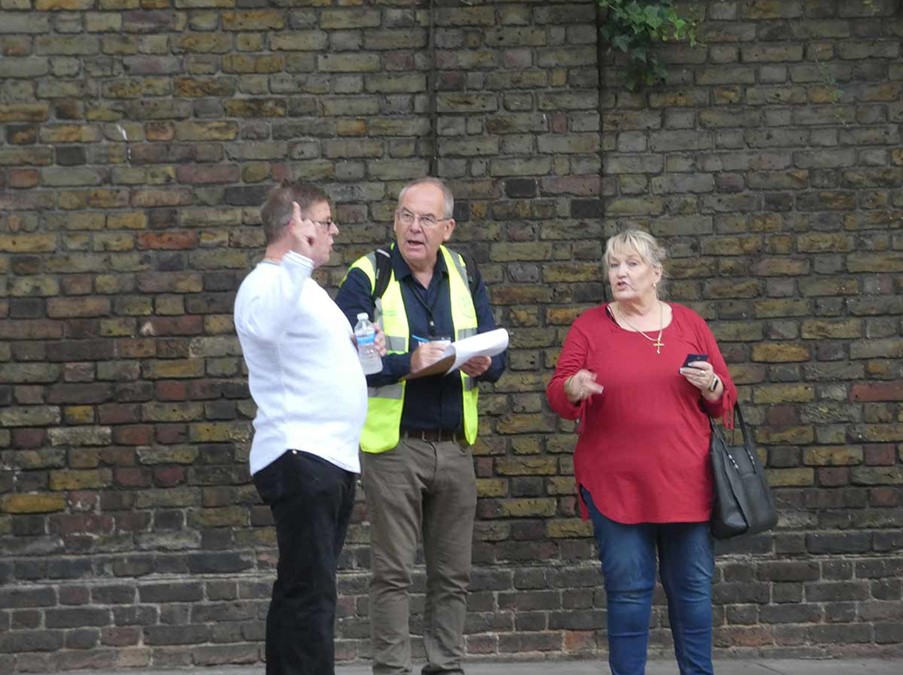Crossings campaigning in London
By reducing wait times and increasing crossing times for pedestrians can improve the safety and accessibility of crossings for everyone.
This was the thinking behind the innovative approach that London Living Streets Group and Transport for London's (TfL) took in 2019. The aim: reducing pedestrian wait times at a number of crossings and assessing the impacts of pedestrian perceptions over time.
Now, as we launch our new #BetterCrossings campaign, we hear from Mike Grahn and Susie Morrow of the London group, not just about the ground this project broke, but the learnings it has provided which all campaigners might take encouragement from.
WHAT'S THE STORY?
Our group met with Will Norman, the Mayor’s Walking and Cycling Commissioner. We proposed that by reducing wait times at signalised crossings would increase the comfort and safety of pedestrians and contribute to the Healthy Streets goals of the Mayor’s Transport Strategy.
Following these meetings, network managers at TfL were asked to investigate the practicalities and, after a pilot, a programme of wait time reviews was included in TfL’s Walking Action Plan to cover all the signalised crossings in London at a rate of about 1,200 per year.
Alongside this London Living Streets undertook to measure whether this programme had an impact on the experience of pedestrians using the crossings.

WHAT WERE THE RESULTS?
The collaboration saw London Group members interview almost 4,000 pedestrians at a sample of 12 representative crossings before, and one month after, the wait times were reduced by TfL.
The crossing time review was trying to determine whether people could notice the difference between the current crossing time and once it was extended by TfL and what impact this had on their experience.
Early analysis of the results by LLS and TfL show that where reductions in up to 30 seconds or more were made pedestrians’ rating of the crossings improved correspondingly.
We’ve gone from being a lobbying group towards working together in a trusted partnership based on recognised expertise and trust.
Highlighting that reducing waiting times for pedestrians does have a tangible impact on how pedestrians perceive and rate a crossing.
Interestingly, though people reported a better experience, only a small minority were able to identify the change involved.
This collaboration shows what can be achieved with quick, low-cost interventions for making real on the ground improvements to pedestrians experiences and improving the safety, priority and accessibility of our crossings.
Looking to the future, both LLS and TfL are keen to expand on and continue the partnership and see more wait times and other features improved across London’s crossings further. Read more on the London Living Streets website.
MIKE AND SUSIE'S REFLECTIONS
We’re delighted by the way this idea has grown – firstly that our lobbying helped get firm targets for reducing wait times to be written into policy – and then to be able to prove that our community group could undertake a large-scale rigorous piece of work that provides the evidence to show that the policy is effective.
We’ve gone from being a lobbying group towards working together in a trusted partnership based on recognised expertise and trust.
We’ve encouraged the Network Managers to experiment with other bold new ideas and are discussing further ways in which crossings can be made responsive to the needs of pedestrians.
In this way we can effect real change to the benefit of everyone who walks through our city.


Relationships
The success of our project was built on cooperation with the decisionmakers and practitioners. Put time into these.

Community
We were able to be more ambitious because of the numbers of volunteers we built up.
Focus
You do not need to change the whole town or even street at once. Start with just one crossing. Maybe it will light a fuse...

Engagement
Try to work with engineers as well as policymakers. In London, the engineers were happy to work with us - it was like they felt no one knew they were there!
